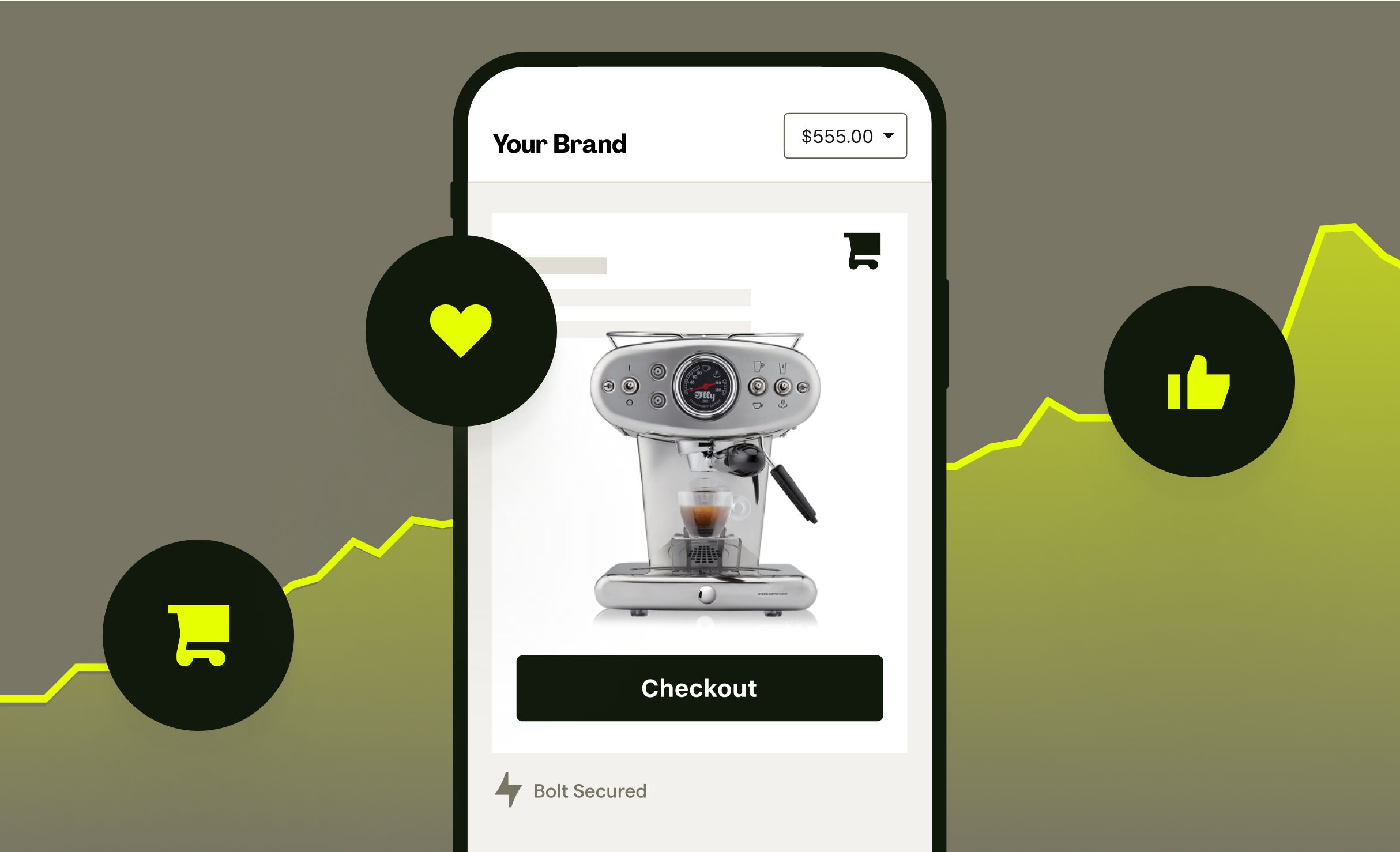In today’s digital age, mobile commerce is booming. With an increasing number of consumers using their smartphones to shop online, it’s essential for eCommerce stores to optimize their mobile checkout process. A seamless mobile checkout experience can significantly reduce cart abandonment rates and boost conversions. Here’s how to optimize your eCommerce store for mobile checkout effectively.

1. Prioritize Mobile-First Design
a. Responsive Design
Ensure your website has a responsive design that adapts to different screen sizes and orientations. This guarantees that all elements of your site, including the checkout page, are easily navigable on mobile devices.
b. Simplified Layout
Avoid cluttered designs. Use a clean and straightforward layout with clear navigation, making it easy for users to find what they need. Large buttons and ample white space enhance usability on smaller screens.
2. Streamline the Checkout Process
a. Reduce Steps
Minimize the number of steps required to complete a purchase. Aim for a one-page checkout if possible, allowing customers to fill in all their information on a single screen. This reduces friction and speeds up the process.
b. Enable Guest Checkout
Allow customers to check out without creating an account. While account creation can be beneficial for long-term engagement, forcing it can deter customers from completing their purchases. Offer the option to create an account after the transaction is complete.
3. Simplify Form Fields
a. Limit Input Fields
Only request essential information during checkout, such as name, shipping address, and payment details. The fewer fields customers have to fill out, the less likely they are to abandon their carts.
b. Use Auto-Complete
Implement auto-complete features for form fields, particularly for addresses. This not only speeds up the process but also reduces the likelihood of errors in inputting information.
c. Mobile-Friendly Keyboards
Optimize your forms to display the appropriate keyboard for different input types. For instance, show a numeric keyboard for phone number fields and a text keyboard for names. This small adjustment can enhance the user experience.
4. Enhance Payment Options
a. Multiple Payment Methods
Offer a variety of payment options, including credit cards, digital wallets (like PayPal, Apple Pay, and Google Pay), and even cryptocurrency. This flexibility caters to different customer preferences and can reduce cart abandonment.
b. Save Payment Information
Allow customers to save their payment information securely for future purchases. This feature speeds up the checkout process for repeat customers, making it more convenient for them to shop.
5. Optimize for Speed
a. Fast Loading Times
Ensure your mobile checkout pages load quickly. Optimize images, minimize code, and leverage browser caching to enhance performance. Slow-loading pages can lead to frustration and abandonment.
b. Test Across Devices
Regularly test your mobile checkout process across various devices and browsers to identify any performance issues. Use tools like Google PageSpeed Insights to monitor loading times and get recommendations for improvements.
6. Provide Clear Shipping Information
a. Transparent Shipping Costs
Display shipping costs early in the checkout process. Unexpected costs can lead to cart abandonment, so be transparent about shipping fees and estimated delivery times.
b. Offer Free Shipping
Consider offering free shipping for orders over a certain amount. This incentive can encourage customers to add more items to their cart to qualify for free shipping, increasing overall sales.
7. Build Trust and Security
a. SSL Certificates
Ensure your eCommerce store is secured with an SSL certificate to protect customer data. Display security badges and certificates prominently during checkout to reassure customers that their information is safe.
b. Clear Return Policies
Clearly outline your return and refund policies during checkout. A transparent return policy can alleviate customer concerns and build trust, making them more likely to complete their purchase.
8. Implement Cart Recovery Strategies
a. Abandoned Cart Emails
Set up automated emails to remind customers about their abandoned carts. These emails can include incentives, such as discounts or free shipping, to encourage them to return and complete their purchase.
b. Retargeting Ads
Use retargeting ads to remind customers about the products they left behind. These ads can be a powerful way to bring customers back to your store and increase conversions.
9. Monitor Analytics and Gather Feedback
a. Analyze User Behavior
Utilize analytics tools to monitor user behavior during the mobile checkout process. Identify points where customers drop off and make necessary adjustments to improve the experience.
b. Collect Customer Feedback
Regularly gather feedback from customers about their mobile checkout experience. Use surveys or feedback forms to understand pain points and make improvements accordingly.
Conclusion
Optimizing your eCommerce store for mobile checkout is not just a trend—it’s a necessity in today’s mobile-driven world. By streamlining the checkout process, enhancing security, and providing multiple payment options, you can create a seamless shopping experience that encourages conversions and builds customer loyalty.


No responses yet